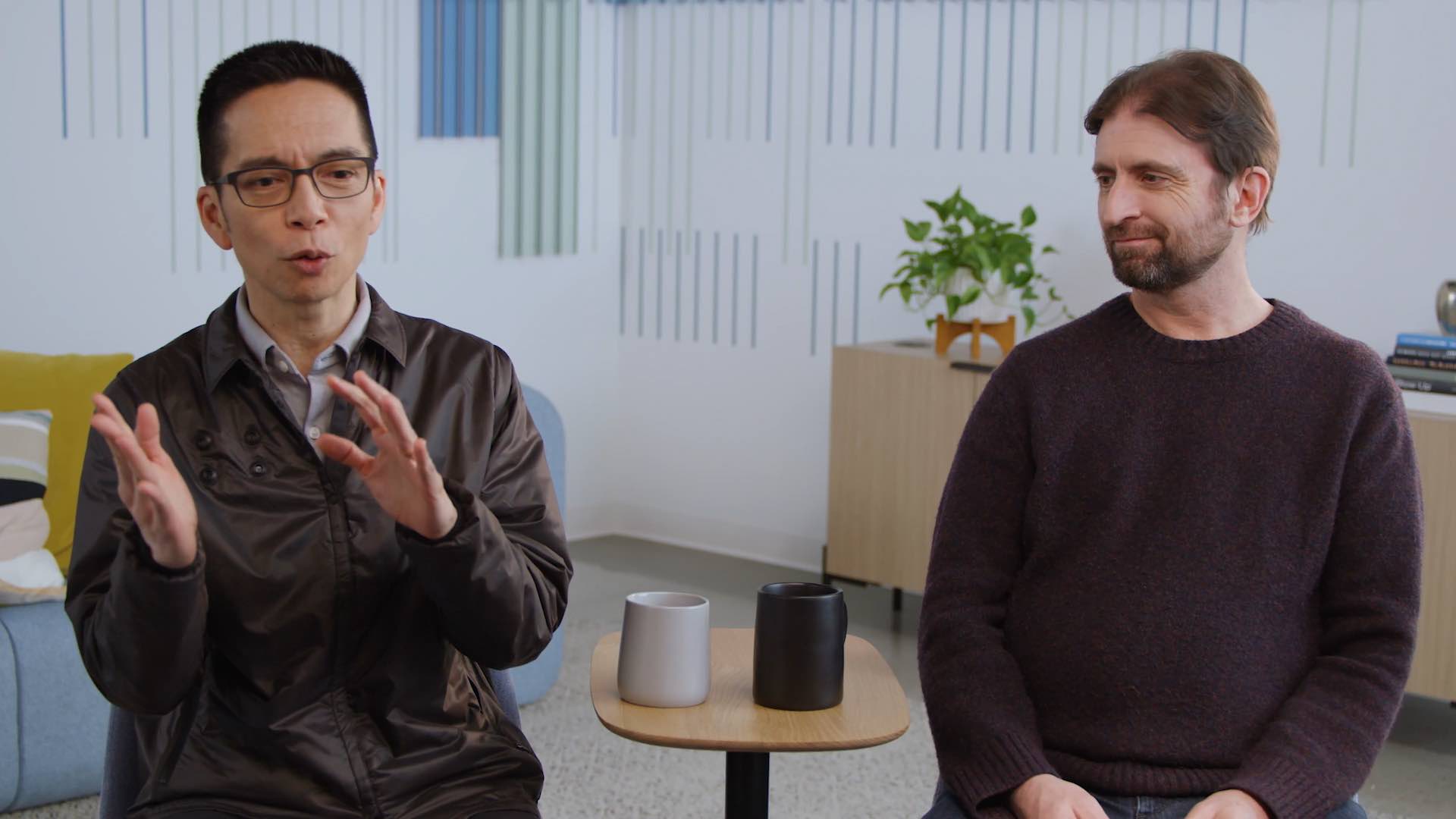Artificial intelligence (AI) and Large Language Models (LLM) are helping to transform the way we develop and interact with software. From chatbots to code generators, natural language is the future of user interaction, delivering delightful and intelligent “copilot” experiences. As these AI models become more prevalent and accessible, organizations and developers are looking for ways to quickly and easily integrate these capabilities into applications without needing to train or fine-tune a model from scratch.
Hello, Semantic Kernel!
Semantic Kernel (SK) is a lightweight SDK that lets you mix conventional programming languages, like C# and Python, with the latest in Large Language Model (LLM) AI “prompts” with prompt templating, chaining, and planning capabilities. This enables you to build new experiences into your apps to bring unparalleled productivity for your users: like summarizing a lengthy chat exchange, flagging an important “next step” that’s added to your to-do list via Microsoft Graph, or planning a full vacation instead of just reserving a seat on a plane.
SK is available on GitHub as an open-source framework and is accompanied by example apps and notebooks that illustrate how to get going quickly with LLM AI. Central to Semantic Kernel’s design are “Skills” that developers can build as semantic or native code. The design of Skills has prioritized maximum flexibility for the developer to be both lightweight and extensible, and to work seamlessly with SK’s Memories (for context) and Connectors (for live data and actions). Lastly, SK’s “Planner” facilitates complex tasks by taking a user’s “ask” and translates it into the Skills, Memories, and Connectors needed to achieve their goal.
SK supports models from OpenAI, including the newly released GPT-4, and Azure OpenAI Service, and we hope to add more model support in the future. We designed SK to take advantage of emerging capabilities of next generation models like GPT-4. For example, both the Planner and Skills architectures were built for achieving outcomes instead of just outputs — in a more goal-oriented approach to programming that’s embodied by SK’s underlying architecture.
With SK, you can now build AI-first apps faster by design while also having a front-row peek at how the SDK is being built. SK was built as an internal incubation project at Microsoft to offer flexibility to a developer adding AI capability into their app. It is being shared as an open-source project to further the world’s shared understanding of how to develop software that incorporates LLM AI. We’re inviting developers around the world to collaborate with us through GitHub Issues, Discussions, and our Discord channel.
Key benefits of SK include the following:
- Fast integration: SK is designed to be embedded in any kind of application, making it easy for you to test and get running with LLM AI.
- Extensibility: With SK, you can connect with external data sources and services — giving their apps the ability to use natural language processing in conjunction with live information.
- Better prompting: SK’s templated prompts let you quickly design semantic functions with useful abstractions and machinery to unlock LLM AI’s potential.
- Novel-But-Familiar: Native code is always available to you as a first-class partner on your prompt engineering quest. You get the best of both worlds.
Python has been central to this landmark year in AI, and it’s available in the experimental branch in preview form on the GitHub repo. At launch we support C# as the fastest way to get started, with our preview support for Python will be active in parallel. We also are looking carefully at TypeScript and other languages, and we will add language support based upon what we learn from the community.
Learn Semantic Kernel
Starting today, LinkedIn Learning has a new course available on Semantic Kernel for free to kickstart your learning journey. You can also learn more about Semantic Kernel from our developer learning hub as SK evolves in the open. We’re actively looking forward to getting feedback and input as we further evolve SK with the developer community.






This looks great! I’m definitely on the AI hype train.
Let’s just pray we don’t regret all of this in 5-10 years
Does it possible to use it as on-premise, now or in the future, so not requiring to be connected to openi servers all the time?
Hi Hamed, great question. The SK library is designed to be used with any text generator, embeddings generator, and other data sources and services. This is possible because the library is built around a set of interfaces, known as the “SK programming model”, which allows it to be used with any AI provider. While most of the examples in the SK library are centered around OpenAI, this is only for simplicity and familiarity. The library itself is open for any connectivity, including local only and specialized models. In fact, the SK repository contains an example (currently in a branch: https://github.com/microsoft/semantic-kernel/tree/experimental-huggingface)...
This is a great question and one to bring raise a thread on our Discord (https://aka.ms/SKDiscord)! Would love to hear more about the requirements you have in mind Hamed!
This is really great. I’m going to try this out. Any chance you will be adding any capability to index embedding and to find the nearest embeddings for private data to be applied to prompts?
@Francisco –
>>will be adding any capability to index embedding and to find the nearest embeddings for private data to be applied to prompts?
Yes. We have samples in the repo (https://github.com/microsoft/semantic-kernel) that showcase how to do this now. If you run into trouble, please open something in GitHub Discussions or in our Discord Channel (https://aka.ms/SKDiscord) and we’ll help you get rolling.